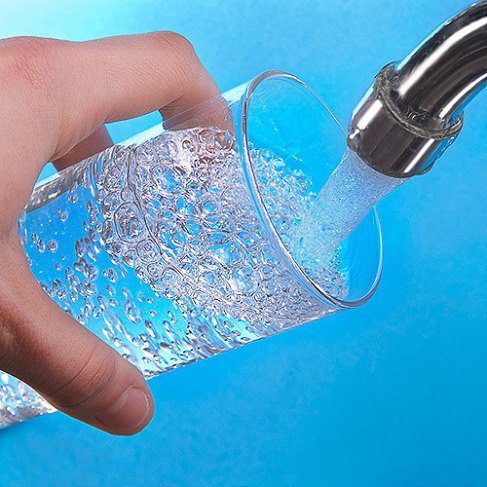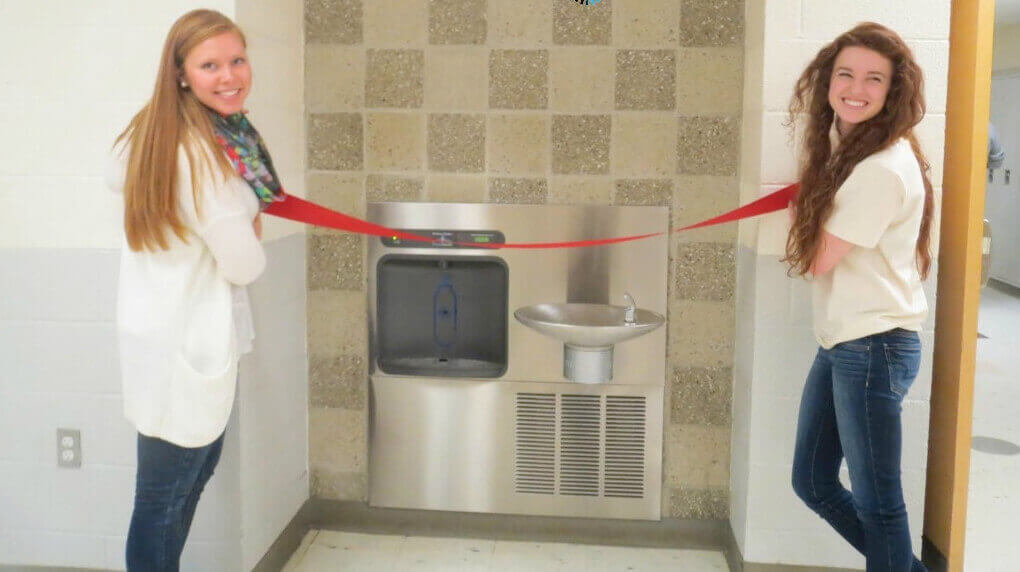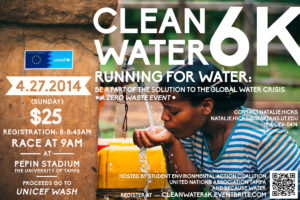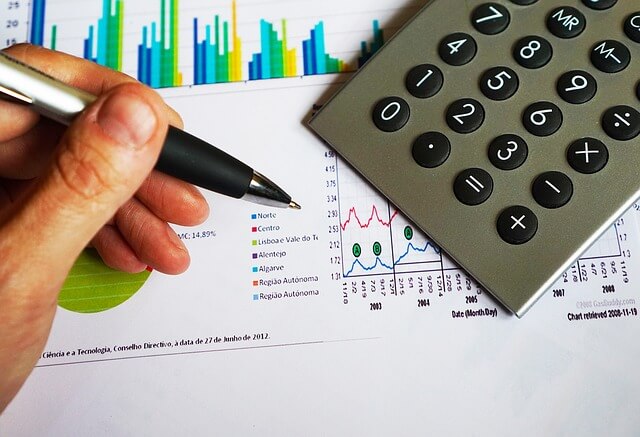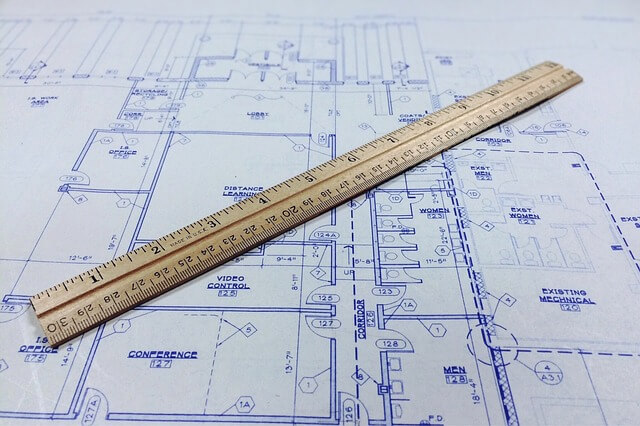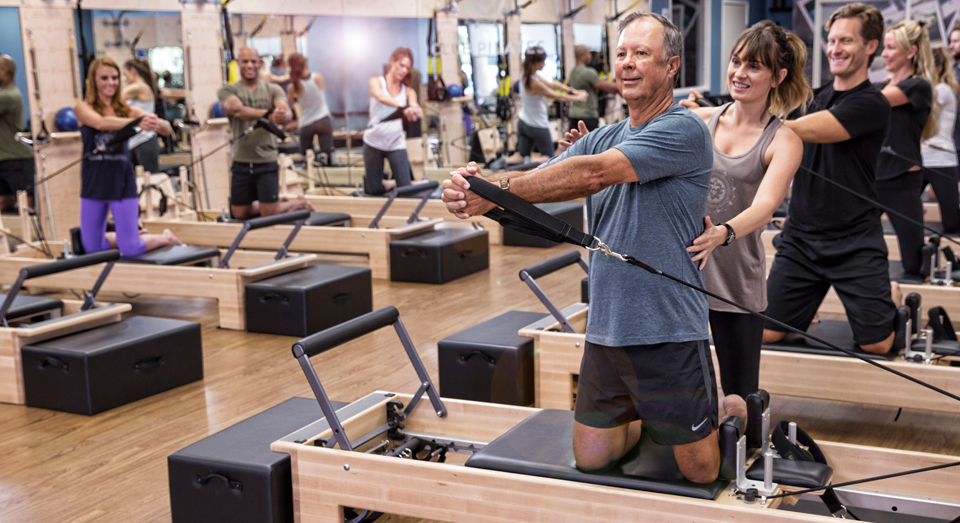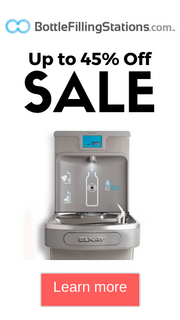
9 Health Benefits That Will Convince You to Drink More Water
Besides keeping us alive, drinking water contributes to a better you in a variety of ways. The body is constantly losing water through evaporation, sweat, and other normal bodily processes. As such, these fluids need to be replenished by both drinking water and eating water-rich foods. Making simple changes, like grabbing a glass of water instead of a soda or an orange over a cookie, can make a world of difference.
1. Brain Power – Not surprisingly, research shows that a hydrated mind is a productive mind. A study by Weill Cornell Medical College indicated that, “water loss of less than 5 percent of our body weight,” is able to limit blood flow to the brain and stunt areas responsible for, “short-term memory, attention, and reaction time”. So, next time you assume you need a cup of coffee or energy drink, try reaching for a glass of water instead.
2. Weight Control – Life is busy and we don’t all have time to be gym rats. Drinking water instead of soda or juice eliminates excess calories from your diet that your body doesn’t need. The sugar intake from one bottle of soda is the suggested amount you should consume for the whole day, and yes, that is scary.2 Many times, dehydration can also slow your metabolism, causing people to mistake thirst for hunger.3
3. Regulate your Body Temperature – It’s what everyone wants to do but what no one knows how. Drinking water helps the skin play its role in keeping your body temperature where it should be through sweating.
4. Beautiful Skin – Most important benefit on the list? Our skin is the largest organ of the body and one of the only ones we show to everyone on a regular basis.4 The spaces between the cells of our skin are filled with water. By staying hydrated, you’ll likely have fewer wrinkles and more glow! Good hydration also helps in the process of building new cells properly with a smaller chance of irritation or cracking.5,6 Translation: fewer red spots and less acne.

5. Muscle Efficiency – During any sort of exercise, dehydration contributes to muscle breakdown and reduces the growth of new muscle. What’s more, if there’s an inadequate supply of water in the body, protein will not be produced efficiently.7 Studies have shown that even small amounts of dehydration have a sizeable effect, so fill up your bottle before you leave your house and not when you get to the gym.
6. Reduced Muscle Pain – When they’re not working out, muscles still need water to stay healthy. If you’re not drinking the water you need, joints can ache, muscles can cramp, and strains can happen.
7. Flush Out Bodily Toxins – Evolution did not prepare human beings for McDonald’s. Our bodies are taking in toxins, now more than ever, from both processed foods and the chemicals sprayed on our non-processed foods. The body has its own natural detoxification system that uses water as its main ingredient. Dehydration inhibits the cleansing process and, overtime, can lead to the buildup of toxins in our system.8
8. Living Close to Water Linked with Good Health – It’s a rather wordy benefit but a fascinating one. Researchers in England have shown that close proximity to blue stuff, whether it be the oceans, lakes or rivers, has a positive impact on health. “Blue space”, as they call it, may make people healthier by lowering stress levels and lifting mood.9

9. Happiness – Take our word for it folks. Researchers at Tufts University studied just mild dehydration in college students and found that not drinking enough can affect your mood.10 Hydration is vital for balancing mood and emotions, and the symptoms of moderate dehydration include tiredness and headaches, both of which have never made anyone happy. Happiness is positively correlated with overall wellness, so yes, this is a health benefit, and, anyways, we all want to be happy, right?
To wrap up, drinking water and staying hydrated is good for your body in just about every way you can imagine. Grab a water bottle (reusable please) and get to guzzling; your body will thank you.

